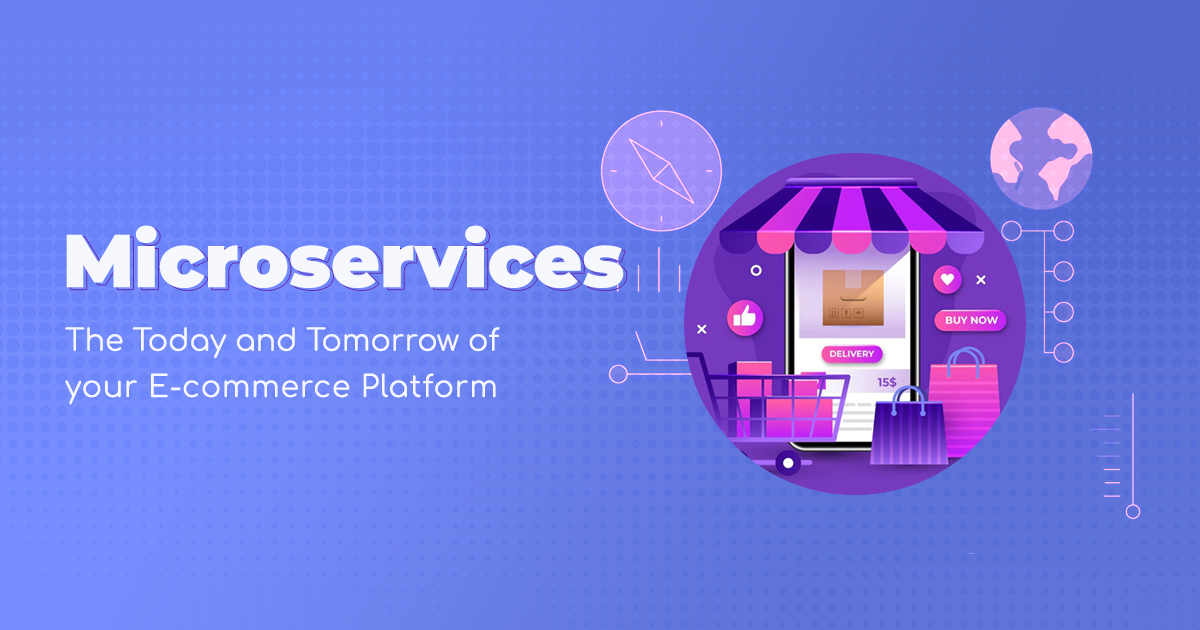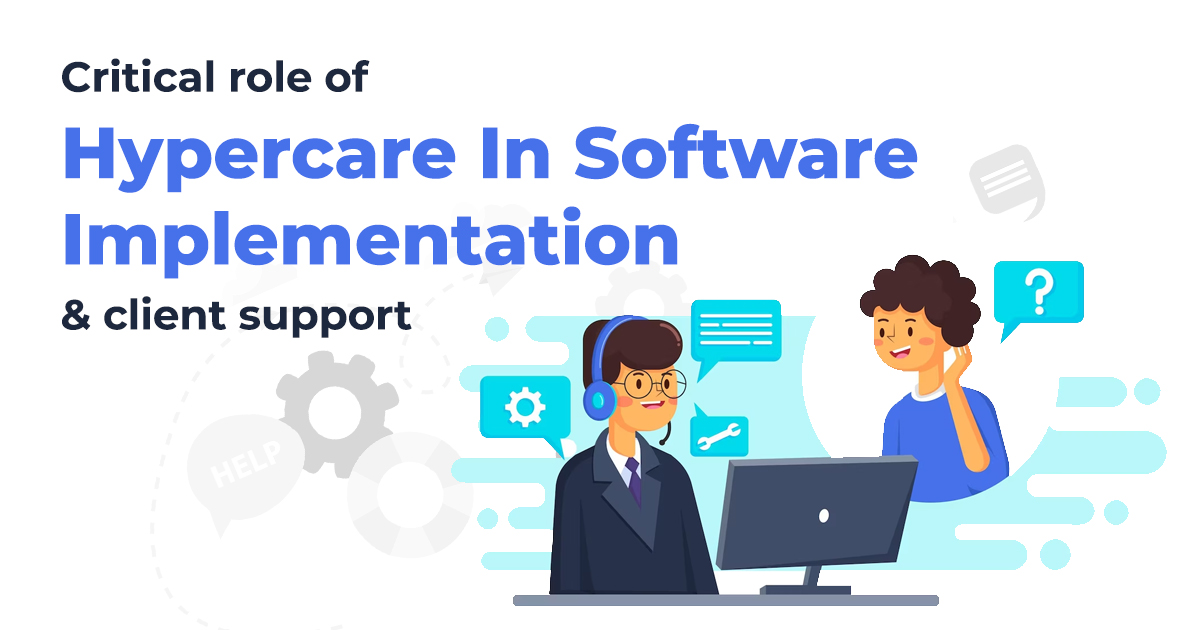Microservices: The Today and Tomorrow of your E-commerce Platform
July 11, 2022 11:31 am | by Aviral Chitkara | Posted in Tech
With the growing number of customers switching towards the digital mode of shopping, brands around the world have made their prominent online presence. However, with the increasing volume of competition and making plans keeping customers in mind, organizations had to update themselves as per the constantly moving technologies. We recently published a blog where we shared the latest trends that will be a driving force in attracting customers in the modern era.
Until a few years back, many online retailers had their e-commerce applications using monolithic architecture, a unified model for creating solutions. In monolithic architecture, all the components are interconnected, making them tightly coupled. However, in terms of elasticity and managing complexity, the monolithic codebase proved challenging for developers as interconnected services made continuous deployment a hard nut to crack. The flexibility essential for a growing business was also getting sacrificed and proved to be an obstacle in scaling the operations.
Some more complications that arise with the monolithic models are:
- Slow update as per the new market trends
- More time in testing
- One-piece failure can lead to affecting the entire system
- Issues in customization.
How does using microservice architecture for e-commerce applications solve these issues?
Microservices have emerged as the new and effective way of building faster, easily scalable, and agile infrastructures. It is a modular approach where a software application is built with independent components, running each application process as a separate service. The loosely coupled architecture allows the compilation of different programming languages and technologies in each service. It can let teams perform faster as per the technology essential for the service and shorten the time of creating new and robust solutions. As today’s digital industry seeks faster solutions, developing isolated services speeds up the deployment cycle. If some functions are not performing in the desired way, they can be modified and resolved without affecting the complete infrastructure.
Why use Microservices for building e-commerce platforms?
In terms of creating an e-commerce platform, microservices can solve purposes essential in creating a modernized e-commerce application. Some of the noted benefits of choosing microservices for e-commerce are:
- Allowing Smoother Rapid Implementation
Success in the e-commerce industry is achieved only through constantly shifting gears towards innovation and making strategies keeping customer convenience as the focal point. Consistent introduction of new features is effortlessly possible in microservices e-commerce as it lets you add/remove services without affecting the operations of the entire setup.
- Providing Stability To Application
There will be no impact on the entire system even if there is any issue in a particular microservice as each of them is developed, tested, and launched separately, which eliminates the risk of stability of the platform.
- Choosing Best Of Breed Technologies
Each module in microservices can be built with a custom set of technologies. By choosing microservices, the users are allowing themselves to test and implement new technologies opted by their developers as per the platforms and languages. As a result, there are no issues of trade-offs caused due to incompatibility of the tech stack.
- Elasticity
Through elasticity, the ecommerce application gets the ability to shrink and expand to manage the workload for a specific period. Microservices offer elasticity that makes the ecommerce application robust enough to handle the heavy workload, especially during the festive or discount season.
- Minimize Codebase Complexity
In a monolithic system, the entire codebase seeks updates if there are any changes/modifications in the application. However, as microservices are decoupled from the larger system, it becomes easy for the team to manage and update individual microservices without affecting the entire system.
- Cost-Effective
The faster time to deploy new applications overrides the cost compared to the monolithic counterpart. Through microservices for ecommerce, you are cost-effectively marrying speed with quality. Microservices create a clean environment for developers and QA personnel that offers a simpler testing process that promotes productivity and lessens operating costs in the long run.
How can we help in moving you from monolithic to microservices with Clowre?
With our continuous involvement in making digital transformations, we have helped numerous clients in modernizing their monolithic architecture into microservices. Our technical team of 100+ IT experts is proficient in creating e-commerce solutions from the starting point and can flawlessly migrate the application to microservices. Get in touch with us for your next project or to share any feedback by writing to us at hello@sarvika.com
Written by Aviral Chitkara
Senior Business Operations Manager
Aviral is the Senior Business Operations Manager at Sarvika Technologies. His research skills are unquestionable, and so is his ability to provide constant motivation to the team. An engineer turned business expansion enthusiast, Aviral is a knowledge bank when it comes to politics. Whatever the confusion or problem, he is always the one with answers.




